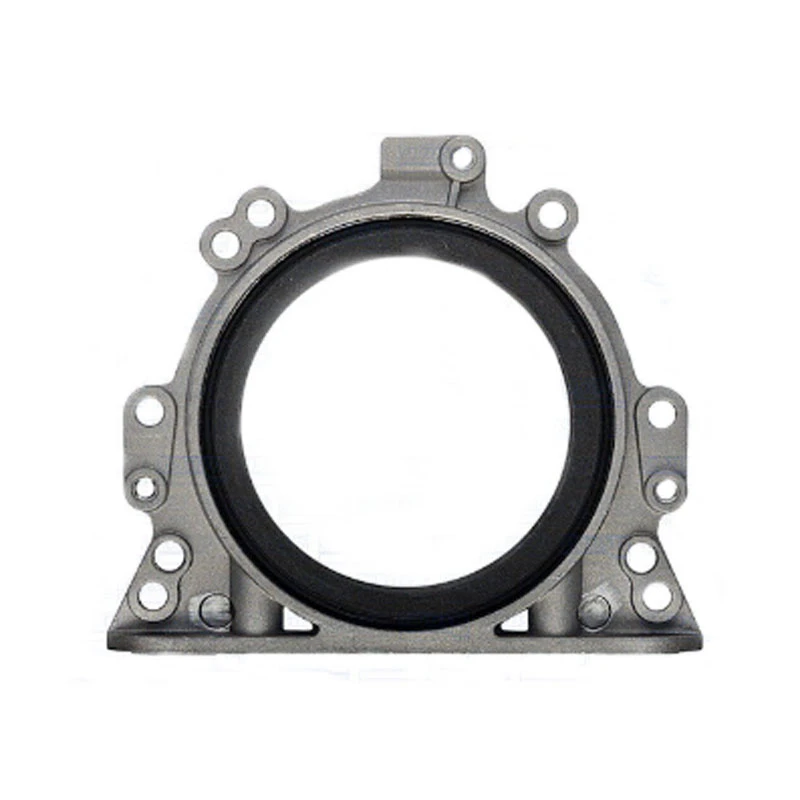differential cover seal
Understanding Differential Cover Seals Importance and Maintenance
Differential cover seals are crucial components in the automotive industry, specifically in the drivetrain of vehicles. These seals play a critical role in ensuring that the differential assembly operates smoothly and efficiently. The differential is responsible for allowing the wheels to rotate at different speeds while the vehicle is turning, which is essential for maintaining control and stability. A differential cover seal prevents the lubricant inside the differential from leaking, ensuring that the gears are adequately lubricated and protected from wear.
One of the primary materials used for differential cover seals is rubber or silicone, which provides a high level of flexibility and resilience. These materials can withstand the significant heat and pressure that occur within the differential system. Over time, however, environmental factors such as extreme temperatures, road debris, and chemical exposure can degrade the rubber or silicone in these seals. This degradation can lead to leaks, which may cause inadequate lubrication, resulting in increased friction and potential damage to the gears and bearings inside the differential.
Regular maintenance is key to prolonging the lifespan of differential cover seals. Vehicle owners should periodically inspect the differential area for any signs of leakage. If there are oil spots under the vehicle or visible oil on the differential casing, it could indicate that the seal is compromised. Early detection can prevent more extensive damage and costly repairs. Moreover, it is advisable to replace the differential cover seal whenever the differential fluid is changed, as this ensures the seal remains effective and reduces the risk of leaks.
differential cover seal

When replacing a differential cover seal, it is essential to use the correct seal type for the specific make and model of the vehicle. Improper seals may not fit adequately, leading to potential failures. Additionally, using high-quality seals designed for automotive applications can significantly reduce the likelihood of future issues.
Installation of a new differential cover seal should be done with care. It typically involves cleaning the mating surfaces and ensuring there is no debris or old gasket material that could hinder the new seal’s effectiveness. A proper installation not only relies on the correct seal but also on applying the right amount of torque to the differential cover bolts. Over-tightening can compress the seal too much, while under-tightening can lead to leaks.
In conclusion, differential cover seals are small yet pivotal components that contribute to the overall health of a vehicle's drivetrain. Regular inspection and maintenance of these seals are vital for ensuring that the differential operates efficiently and effectively. By being proactive in their care, vehicle owners can prevent costly repairs and maintain the performance of their automobiles for years to come.
-
Understanding Automotive Oil Seals: Essential Components for Engine and Shaft Protection
News Jul.30,2025
-
The Importance of Heavy Duty Seals in Industrial and Residential Applications
News Jul.30,2025
-
Exploring Industrial Oil Seals: From Felt Oil Seals to TTO and CFW Solutions
News Jul.30,2025
-
Essential Guide to Oil Seals: From Radial to Metal-Cased Seals for Industrial Reliability
News Jul.30,2025
-
Choosing the Right Oil Seals and Gaskets for Industrial and Automotive Applications
News Jul.30,2025
-
Cassette Seals: Durable Sealing Solutions for Harsh Environments
News Jul.30,2025
-
Understanding the Front Main Engine Seal: Purpose, Maintenance, and Installation
News Jul.29,2025
Products categories















